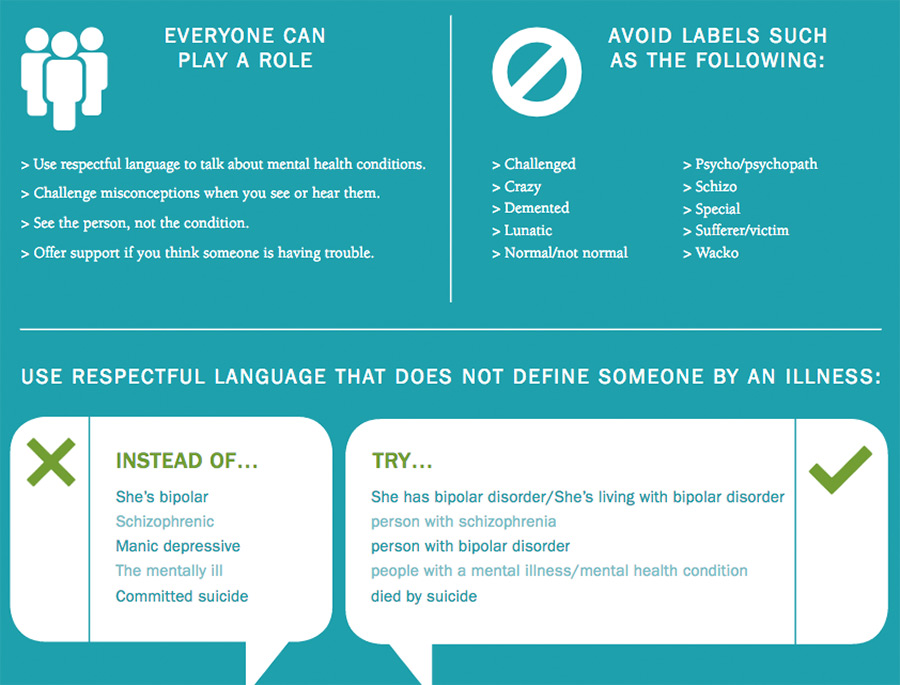Mental Health and Schools

The Pandemic's impact on our students
Students have gone through some of the hardest lifetime experiences imaginable.
Too many have seen the death or hospitalization of loved ones due to COVID-19. Economic instability, including housing insecurity and food insecurity, involves experiences that are not easily brushed off. It hurts to be isolated from friends, family and school. Many students have missed cherished milestones like prom, homecoming and sporting events.
The pandemic and the switch to online learning left many students without the mental health support they need. After decades of not investing enough in prevention and early intervention services, the state is investing $4 billion over the next 5 years for mental health services for children from birth to 25 years of age.
But will we see the results of this investment fast enough for our students to regain their resilience and become mentally healthy? These services are needed now. Schools and mental health providers are scrambling to meet the urgent needs of students.
School as a refuge
One consistent message from statewide leaders is the critical importance of schools. School is a trusted place in the community, and schools can serve as centers of well-being for students and their families.
What should school leaders do to address this crisis?
Bring community resources to the campus. Our schools cannot do this alone. That’s why the state budget includes money for community schools, which bring resources onto the school campus for students and parents. A good first step is to identify the support resources in your local community, including mental health services organized by your county, your County Office of Education and community based organizations. This is one area where parents can be particularly helpful if they have worked with a successful organization.
Build mental health awareness. An ounce of prevention is worth a pound of cure! The more proactive we are about addressing our mental health, the more resilient we can be at navigating difficult situations throughout our lives. Here are some tips from the National PTA: Healthy Minds: What Parents Can Do.
Provide free training. At no cost, you can organize a Mental Health First Aid Training. This one-day course helps parents and staff recognize when a child may be experiencing a mental health issue and gives information and practice on how you can guide that student towards available help. It is provided by the California Department of Education. Contact [email protected]
Create a place on campus that offers the opportunity for students to just have a place or space to be heard. Many high schools have an onsite wellness center where students can seek help, interact with peers, or express their feelings using art. The report, Heart and Mind: Schools as Centers of Wellness proposes ways to bring healing to students, families, and schools in 2021 and beyond.
Bill Medi-Cal. Six out of 10 children in California are covered by Medi-Cal… but most are not getting access to that care. School districts can help fill that gap. They can provide services to students who are enrolled in Medi-Cal and then be reimbursed. School districts need to know how this works. There is technical assistance available — find out more here.
Focus on removing the stigma. Mental health conditions are common, affecting about 1 in 5 Americans. Stigma shames too many into silence and prevents them from seeking help.

Your school can help address stigma by sponsoring mental health information programs for students and parents. For example, NAMI Ending the Silence presentations include two leaders: one who shares an informative presentation and a young adult with a mental health condition who shares their journey of recovery. Audience members can ask questions and gain understanding of an often-misunderstood topic.
Don’t forget the staff! Mental health supports must also include support for school staff.
What school districts are doing
School districts use a variety of strategies to support mental health — from putting mental health clinicians in every school (paid for by billing back to Medi-Cal) to creating youth mental health advisory boards.
One of the goals for Sacramento County, for example, is to provide a mental health clinician at all 300 campuses in the district.
Superintendent of Instruction Tony Thurmond is challenging the California Department of Education (CDE) and partners to lead efforts to invest more into mental health than ever before by bolstering social-emotional and counseling resources, championing community schools, creating blueprints for expanded outdoor learning and summer programs, and supporting programs to help students recover and accelerate their learning.
What can parents do?
PTA events can help teach parents how to equip their children with tools and strategies to respond to adversity. For example, the 9th District PTA in San Diego teamed up with the Rady Children’s Hospital to hold a suicide prevention symposium that included lectures, interactive discussions and workshops presented by leading experts in suicide prevention. The symposium had multiple examples of how creating a growth mindset in kids can help them respond better in adverse situations.
PTAs can also provide a crucial service to their communities by providing resources about how to support students as they face adversity and become resilient in the face of it. Just like the PTA District in San Diego, parents throughout the state can partner with mental health experts to create programs for their school communities.
|
Resources |
|---|
|
Suicide prevention Resource Guide for Schools |
|
K-12 Toolkit for Mental Health Promotion and Suicide Prevention |
|
The Mayo Clinic |
What is your school and community doing? Please share successful ideas with the Ed100 learning community by leaving a comment.
 Shereen Walter is President-elect of the California State PTA. Shereen got involved in PTA for the same reason many parents do, to make a difference at her own child’s school. She spoke at the summer conference of the Ed100 Academy for Student Leaders in 2020 and 2021. See her post about the start of school here.
Shereen Walter is President-elect of the California State PTA. Shereen got involved in PTA for the same reason many parents do, to make a difference at her own child’s school. She spoke at the summer conference of the Ed100 Academy for Student Leaders in 2020 and 2021. See her post about the start of school here. Tags on this post
Health PTA Mental HealthAll Tags
A-G requirements Absences Accountability Accreditation Achievement gap Administrators After school Algebra API Arts Assessment At-risk students Attendance Beacon links Bilingual education Bonds Brain Brown Act Budgets Bullying Burbank Business Career Carol Dweck Categorical funds Catholic schools Certification CHAMP Change Character Education Chart Charter schools Civics Class size CMOs Collective bargaining College Common core Community schools Contest Continuous Improvement Cost of education Counselors Creativity Crossword CSBA CTA Dashboard Data Dialogue District boundaries Districts Diversity Drawing DREAM Act Dyslexia EACH Early childhood Economic growth EdPrezi EdSource EdTech Education foundations Effort Election English learners Equity ESSA Ethnic studies Ethnic studies Evaluation rubric Expanded Learning Facilities Fake News Federal Federal policy Funding Gifted Graduation rates Grit Health Help Wanted History Home schools Homeless students Homework Hours of opportunity Humanities Independence Day Indignation Infrastructure Initiatives International Jargon Khan Academy Kindergarten LCAP LCFF Leaderboard Leadership Learning Litigation Lobbyists Local control Local funding Local governance Lottery Magnet schools Map Math Media Mental Health Mindfulness Mindset Myth Myths NAEP National comparisons NCLB Nutrition Pandemic Parcel taxes Parent Engagement Parent Leader Guide Parents peanut butter Pedagogy Pensions personalized Philanthropy PISA Planning Policy Politics population Poverty Preschool Prezi Private schools Prize Project-based learning Prop 13 Prop 98 Property taxes PTA Purpose of education puzzle Quality Race Rating Schools Reading Recruiting teachers Reform Religious education Religious schools Research Retaining teachers Rigor School board School choice School Climate School Closures Science Serrano vs Priest Sex Ed Site Map Sleep Social-emotional learning Song Special ed Spending SPSA Standards Strike STRS Student motivation Student voice Success Suicide Summer Superintendent Suspensions Talent Teacher pay Teacher shortage Teachers Technology Technology in education Template Test scores Tests Time in school Time on task Trump Undocumented Unions Universal education Vaccination Values Vaping Video Volunteering Volunteers Vote Vouchers Winners Year in ReviewSharing is caring!
Password Reset
Search all lesson and blog content here.
Login with Email
We will send your Login Link to your email
address. Click on the link and you will be
logged into Ed100. No more passwords to
remember!














Questions & Comments
To comment or reply, please sign in .
Carol Kocivar October 8, 2021 at 2:14 pm